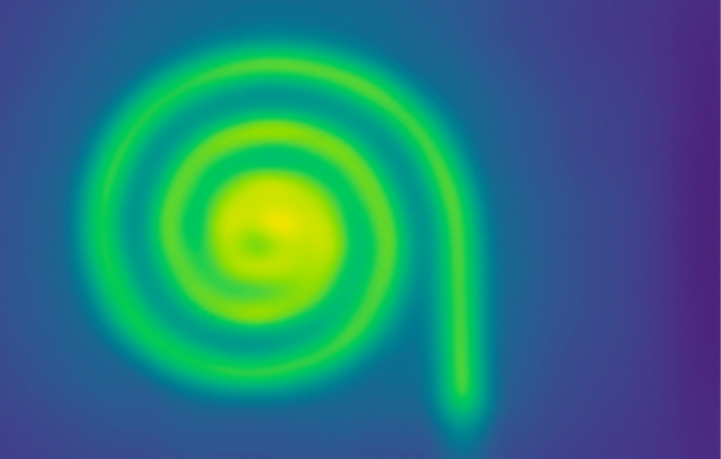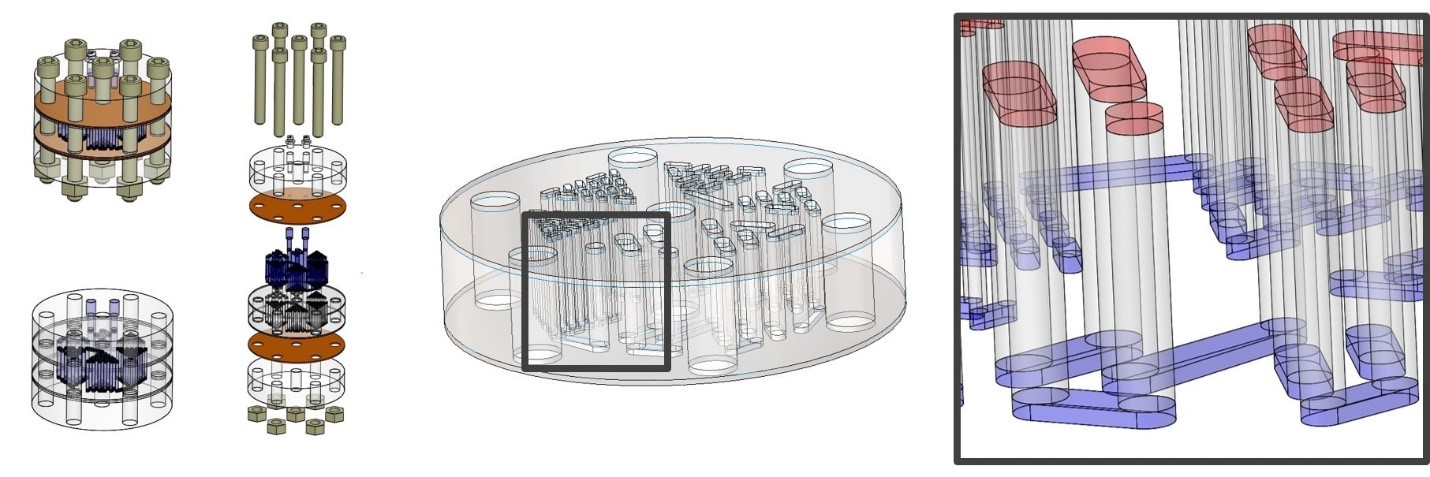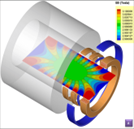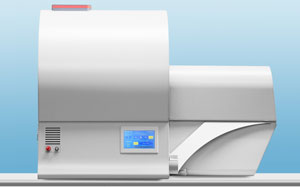
Precision and purity are both key elements for successful magnetic resonance imaging in today’s medical and scientific worlds. One company advancing the technology is startup biotech firm Phantech, a spinout from laboratories at the University of Wisconsin which specializes in creating preclinical and clinical phantoms used for calibrating sensitive MRI equipment. Among its types of phantoms are several for the growing field of magnetic particle imaging.
Basically, a phantom is a specially designed object that is utilized as a stand-in for human tissue and can be scanned or imaged to evaluate, analyze and fine-tune the performance of an imaging device. Phantech offers spiral and multi-purpose phantoms to characterize the resolution of a superparamagnetic iron oxide nanoparticle (SPION) with a specific magnetic particle imaging system. The image at top, for example, shows magnetic particle imaging of Synomag-D particles with hydrodynamic diameters of 50nm using Phantech’s spiral resolution phantom.

It is critical that MPI phantoms do not contain any metal contaminants that are present in most plastics in order to measure the true resolution and linearity of a SPION and MPI system. One innovation by the team of molecular imaging researchers, biomedical engineers and imaging scientists has been to develop a patented linear filling technology to overcome the presence of bubbles that can compromise imaging accuracy.

Linear filling is achieved through a piece-wise construction that creates a long snaking channel through the desired phantom. This chain is comprised of both the hot rods that comprise the desired hole pattern, as well as connecting channels to connect neighboring hot rods. With a single inlet and outlet, fluid can be easily driven into the phantom, eliminating the need to manually fill small holes that are prone to air bubbles from surface tension.
Located in Madison, Wisconsin, one of Phantech’s activities now is to partner with manufacturers of biomedical imaging systems by creating customizable sets of phantoms tailored to particular imaging platforms. In June, it will be showcasing its technology at the upcoming 2023 annual meeting of the Society for Nuclear Medicine & Molecular Imaging, to be held in Chicago. For more info, see www.phantechmedical.com.



